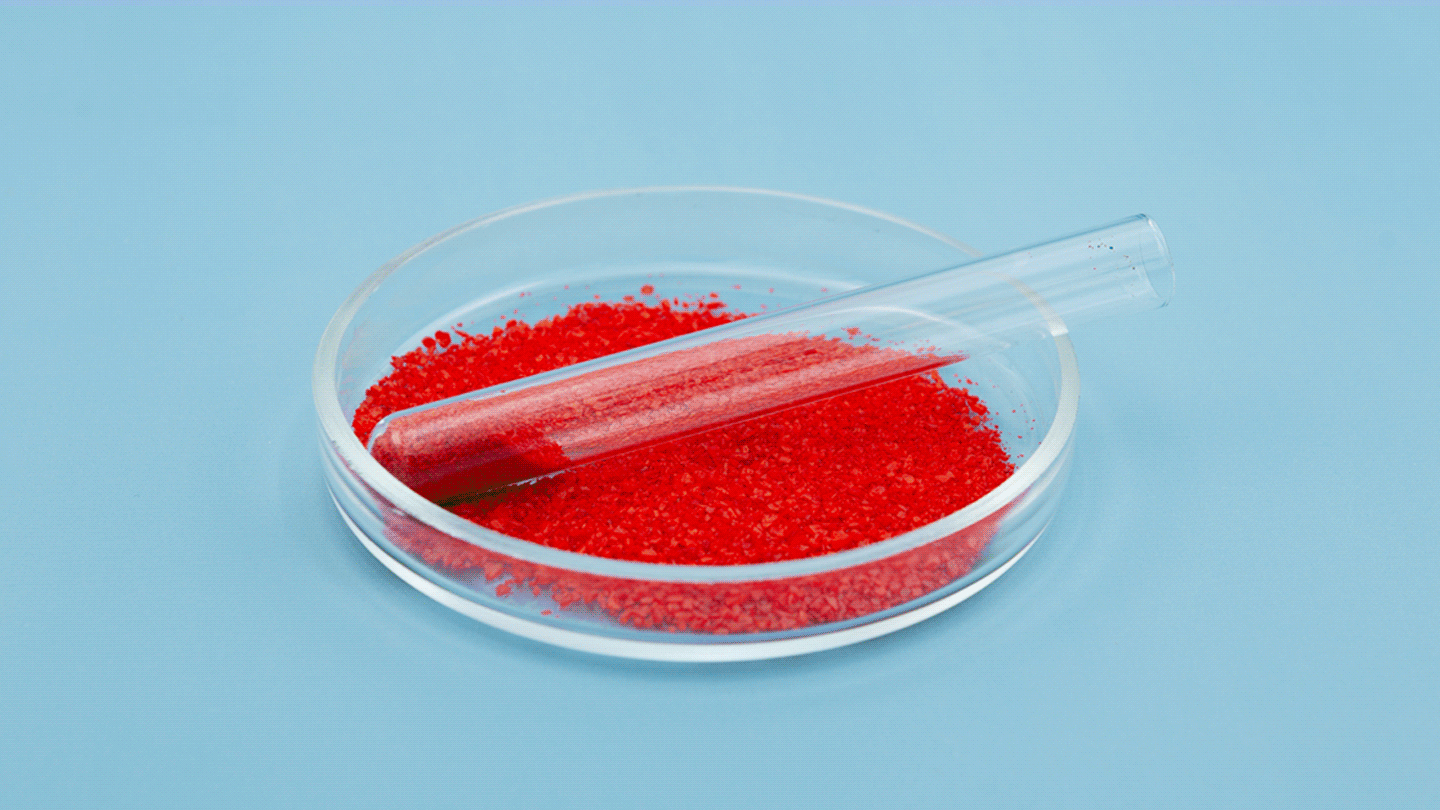The April 22 announcement is part of HHS secretary Robert F. Kennedy Jr.’s Make America Healthy Again initiative.
“For too long, some food producers have been feeding Americans petroleum-based chemicals without their knowledge or consent,” Kennedy said in a press release.
“These poisonous compounds offer no nutritional benefit and pose real, measurable dangers to our children’s health and development,” he said.
Kennedy pledged to work with the industry “to get these toxic dyes out of the foods our families eat every day.”
“These proposals are a long-overdue step in the right direction,” says Lorne Hofseth, PhD, a professor and an associate dean of research at the University of South Carolina College of Pharmacy in Columbia. “The evidence linking synthetic dyes — particularly Red 40, Yellow 5, and Red 3 — to behavioral and biological harm, especially in children, is substantial.”
“Phasing them out will better align U.S. policy with science and with actions already taken in Europe and other regions,” says Dr. Hofseth.
Are the Food and Beverage Industries on Board?
Which Food Dyes Are Being Banned?
Citrus Red No. 2 and Orange B — two potentially cancer-causing additives used to dye orange peels and sausage casings — will have their authorization for use revoked within the coming months, per the agencies.
For the six other petroleum-based dyes, the FDA isn’t planning to issue an official ban. Instead, the agency is asking food manufacturers to phase them out by the end of next year, according to the release.
- Red 40 Linked to hyperactivity and allergic reactions
- Yellow 5 Connected to DNA damage and inflammation
- Yellow 6 Suspected of contributing to behavioral issues
- Blue 1 Tied to kidney tumors in animal studies
- Blue 2 Found to increase the risk of brain tumors in lab rats
- Green 3 Associated with bladder tumors in animal models
What Foods Contain Artificial Dyes?
- Red 40 Kool-Aid, Starburst, Flamin’ Hot Cheetos, and even the OTC medication NyQuil.
- Yellow 5 (Tartrazine) Mountain Dew and Twinkies
- Yellow 6 (Sunset Yellow FCF) Airheads, Jolly Ranchers, and Lucky Charms
- Blue 1 (Brilliant Blue FCF) M&M’s and Takis
- Blue 2 (Indigo Carmine) Skittles and Blueberry Pop-Tarts
- Green 3 (Fast Green FCF) Canned peas and lime sherbet
- Red 3 Snack cakes, fruit cocktails, and maraschino cherries
FDA Will Fast-Track Review of Natural Colorings to Replace Synthetic Dyes
The FDA is fast-tracking the review of calcium phosphate, Galdieria extract blue, gardenia blue, butterfly pea flower extract, and other natural alternatives to synthetic food dyes.
“We have a new epidemic of childhood diabetes, obesity, depression, and ADHD. Given the growing concerns of doctors and parents about the potential role of petroleum-based food dyes, we should not be taking risks and do everything possible to safeguard the health of our children,” said Dr. Makary.
Some Food Safety Advocates Are Disappointed — and Skeptical
Some food advocacy experts are questioning if that’s going to be enough to get the food industry to make the requested changes.
Ronholm said he believes that an enforceable ban on harmful synthetic food dyes is necessary to get the job done. In the meantime, states should continue to act on legislation to remove toxic chemicals and dyes from food, he said.
“Consumers shouldn’t have to wait and rely on this industry to act voluntarily after years of resistance,” said Ronholm.
“We wish Kennedy and Makary well getting these unnecessary and harmful dyes out of the food supply and hope they succeed. … But history tells us that relying on voluntary food industry compliance has all-too-often proven to be a fool’s errand,” said Dr. Lurie.
If the agencies and the food industry follow through on these promises in a timely way, it will be a win for consumers, says Hofseth.
“Consumers will benefit from a safer food supply with fewer synthetic additives linked to DNA damage, inflammation, and behavioral issues. It will also make food labeling simpler and more transparent, helping families make informed choices,” he says.
Read the full article here




